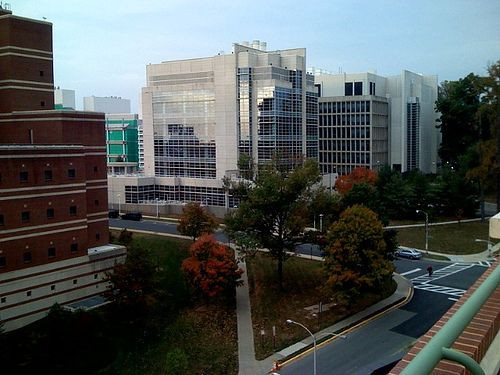NIH Accepts 12 Critically Ill Despite Government Shutdown; Mostly Cancer Patients, Children

The government shutdown has dwindled the National Institute of Health’s (NIH) 200 regular weekly patients down to only a dozen critically ill cases, the agency said Wednesday.
The move to accept anybody, in fact, cuts against NIH’s no-new-patient policy following the furlough of nearly three-quarters of its staff. Beginning Oct. 1, exceptions were made based on the criteria of certain patients who wouldn’t survive without imminent care. The majority of the new patients suffer from cancer, and at least one is a child, although NIH spokesperson Renate Myles said she could not say the exact number.
NIH’s decision is set against a backdrop of fiery political debate over how to juggle the ongoing government shutdown with numerous health agencies that now have their hands tied, unable to offer care to those who desperately need it.
While the new batch of treatments is experimental, just having the option is a ray of hope for some parents.
Tania Santillan’s 5-year-old daughter is one of the 12. Despite having undergone a bone marrow transplant for an aggressive case of leukemia last year, the little girl’s cancer came back. Doctors told Santillan that they weren’t sure if her daughter would be able to enter NIH’s doors for treatment.
"They were afraid they were turning down kids with cancer," Santillan told the Associated Press, recalling the various family doctors who reached out to lifelines at the agency in support of her daughter. Eventually, she got the good news. "They said they will accept her, because she needs it."
Santillan and her daughter will travel to NIH’s Children’s Inn next week, where they will spend the next month during treatment. The Inn is privately funded, so it remains unaffected by the shutdown. Meanwhile, 73 percent of NIH workers remain outside the hospital walls.



























